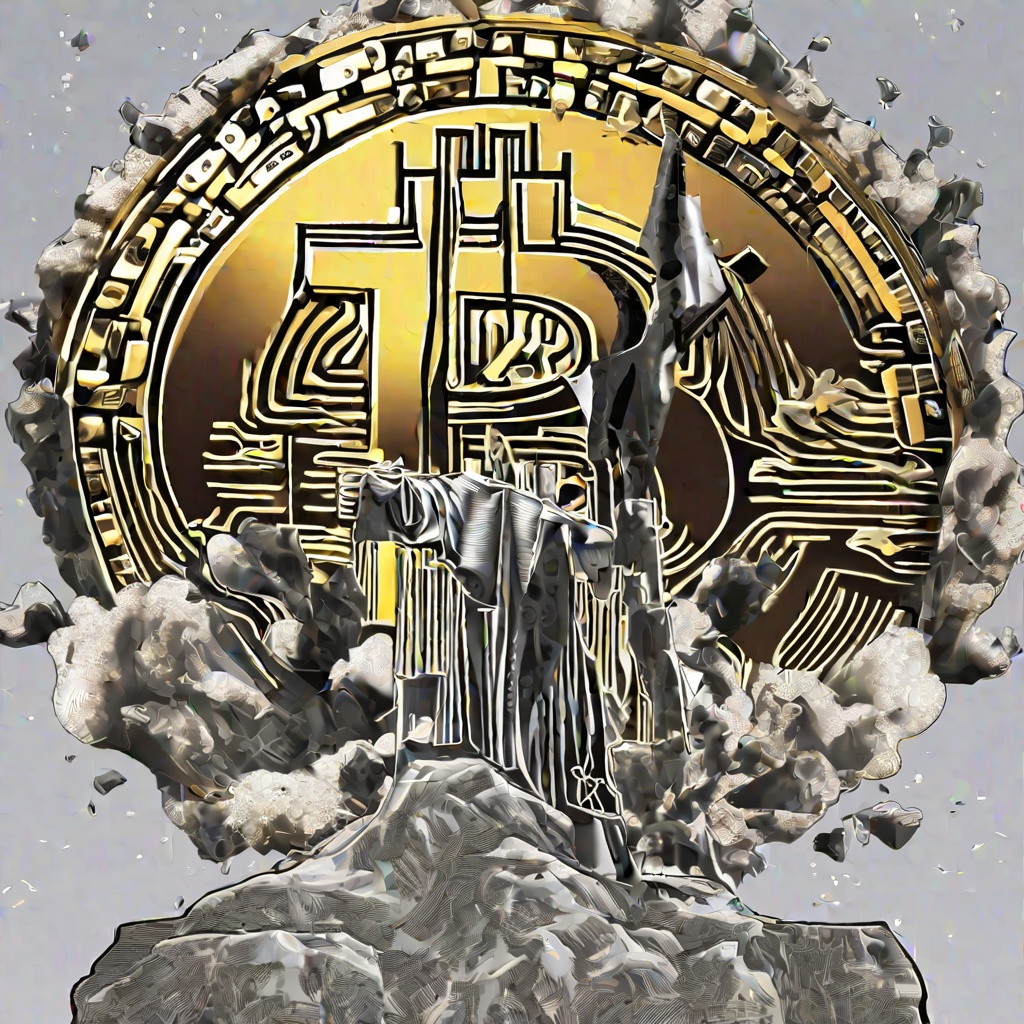What is the difference between total purchase and net purchase?
I'm curious to understand the distinction between total purchase and net purchase in the realm of finance and cryptocurrency transactions. Could you elaborate on how these two terms differ? For instance, in the context of investing or trading digital assets, how would one calculate each, and what implications does each have on an investor's overall portfolio or financial strategy?

What is the difference between routing and route protocols?
Excuse me, could you please clarify the distinction between routing and route protocols in the context of networking and cryptography? I understand that routing refers to the process of selecting the most efficient path for data to travel between two points, but how do route protocols specifically contribute to this process? Are they a set of rules or algorithms that govern how routers communicate and share information about network topology, enabling them to make optimal routing decisions? I'm curious about the intricacies of this topic and how it applies to the secure and efficient transfer of data in cryptocurrency networks.

What is the difference between RCS and GRS?
I'm curious to understand the fundamental differences between RCS and GRS in the world of cryptocurrency and finance. Could you elaborate on the key distinguishing factors between these two systems? Perhaps discussing their origins, core features, and the value proposition they offer to users and investors would provide valuable insights. I'm looking forward to gaining a clearer understanding of how they compare and what sets them apart from each other.

What is difference between MRTG and PRTG?
Could you please elaborate on the key differences between MRTG and PRTG? I'm particularly interested in understanding how they differ in terms of their functionality, purpose, and any specific use cases they might be suited for. Additionally, if there are any notable advantages or disadvantages of each, I would appreciate your insights on that as well. Thank you for your time and expertise in this matter.

What is the difference between Nakamoto Consensus and BFT?
Could you please clarify the fundamental differences between Nakamoto Consensus and Byzantine Fault Tolerance (BFT) for me? Specifically, how do they approach consensus in a decentralized network, and what are the key advantages and disadvantages of each mechanism? Additionally, in what scenarios might one be more suitable than the other?

